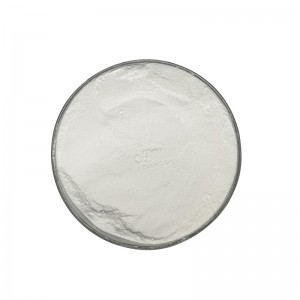Sodium Lauryl Sulfate contact treatment
Skin contact: take off contaminated clothing and rinse with plenty of running water.
Eye contact: lift eyelid, rinse with running water or normal saline. Go to a doctor.
Inhalation: Away from site to fresh air. If breathing is difficult, give oxygen. Go to a doctor.
Eat: drink enough warm water to induce vomiting. Go to a doctor.
Fire fighting method: fire fighters should wear gas masks and full-body fire fighting clothes to fight fire upwind.
Fire extinguishing agent: mist water, foam, dry powder, carbon dioxide, sand.
Leakage emergency treatment
Sodium Lauryl Sulfate Emergency treatment: Isolate the contaminated area and restrict access. Cut off the fire. It is recommended that emergency personnel wear dust masks (full hoods) and protective clothing. Avoid dust, carefully sweep, put in a bag to a safe place. If a large number of leakage, with plastic cloth, canvas cover. Collect, recycle or transport to waste treatment site for disposal

Operation Precautions
Closed operation, strengthen ventilation. Operators must be specially trained and strictly abide by the operating procedures. It is recommended that the operator wear a self-priming filter dust mask, chemical safety glasses, protective clothing and rubber gloves. Keep away from fire and heat source. No smoking in workplace. Use explosion-proof ventilation systems and equipment. Avoid dust generation. Avoid contact with oxidants. Handling should be carried lightly to prevent damage to packaging and containers. Equipped with the corresponding variety and quantity of fire fighting equipment and leakage emergency treatment equipment. Empty containers may contain hazardous materials.
Contact control and personal protection
Sodium Lauryl Sulfate engineering control: The production process should be closed and ventilated.
Respiratory system protection: when the dust concentration in the air exceeds the standard, you must wear a self-priming filter dust mask. Emergency rescue or evacuation, should wear air breathing apparatus.
Eye protection: Wear chemical safety glasses.
Body protection: wear protective clothing.
Hand protection: wear rubber gloves.
Other protection: Change work clothes in time. Maintain good hygiene.
Waste disposal
Disposal method: refer to relevant national and local laws and regulations before disposal. Incineration is recommended for disposal. Sulfur oxides from the incinerator are removed through scrubbers.
Post time: May-24-2022

